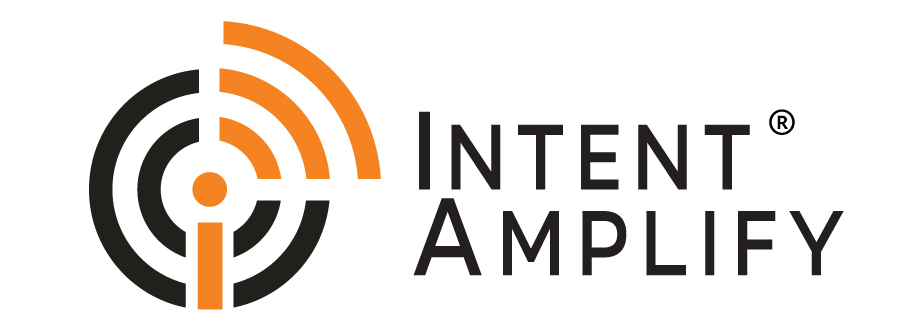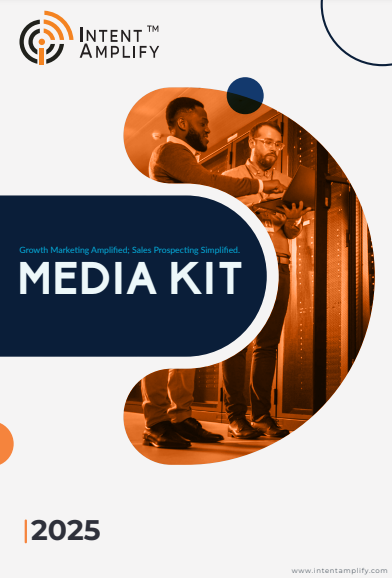
Leverage Intent Data to Laser-Focus on Your Next B2B Lead Generation Campaign
- Last updated on: January 5, 2024
‘Intent’ is defined as a firm resolve to get something done. So when we use the word intent in conjunction with marketing-related words such as Intent Data or leads, it broadly translates to the thought process and desires of your potential customer that would ultimately drive their buying decision.
For instance, the intent behind buying a house would be safety and security for yourself and your family, social status, an emotional achievement, or all of them. Understanding customer intent grants you the ability to peek inside their mind and magically present them with the solution they are precisely looking for! Although the exact intent is difficult to identify when you are dealing with data of thousands, you can at least identify the signs that can form a close map of what the prospect is planning to purchase.
Intent data plays a key role in streamlining the B2B lead generation
How significant is intent data in B2B lead generation?
Intent-driven B2B lead generation works wonders for marketing and sales professionals with the right intent-driven strategies. It can easily generate high-quality leads for your business. There is so much data available with B2B agencies that by utilizing it correctly with the help of the right tools, it’s possible to identify the lead’s intent and interests. Accordingly, it can be used to create personalized marketing messages and experiences that engage and guide them toward making a purchase.
How is Buyer Intent Data Collected?
Collecting intent data involves a variety of methods and approaches, depending on the source and desired level of detail. Here are some common ways to gather data (Note that these methods of data-collection are valid for both, B2C and B2B marketing.)
1. Analyzing Online Activity:
- Tracking website interactions: Website analytics tools reveal how users engage with your content, product pages, and other elements, indicating their level of interest and potential purchase intent.
- Monitoring social media activity: Following user comments, shares, and reactions on social media platforms can show interest in your offerings or related topics.
- Scraping online data: Using automated tools to gather information from publicly available sources like forums, review websites, and social media can identify conversations or mentions indicating purchase intent.
2. Analyzing Search Behavior:
- Tracking keyword searches: Tools like Google Keyword Planner and SpyFu track the keywords users search for, revealing potential customers actively seeking solutions like yours.
- Analyzing ad platform data: Advertising platforms capture data on keywords used before clicking on ads, allowing you to target users with specific interests.
- Monitoring search engine trends: Analyzing trends in search queries for your industry can reveal emerging needs and interests among potential customers.
3. Leveraging Existing Data:
- CRM data: Existing customer information in your CRM system can be analyzed to identify patterns and characteristics associated with high-intent buyers.
- Email marketing data: Tracking unsubscribe rates, click-through rates, and engagement with email campaigns can indicate potential customer interest and purchase intent.
- Survey data: Directly asking customers about their needs and purchase intentions can provide valuable insights into their decision-making process.
4. Utilizing Third-Party Data:
- Purchasing intent data: Companies like Bombora and G2 Intelligence aggregate their data from various sources, offering valuable insights into specific industries and buyer personas.
- Partnering with data providers: Collaborating with companies specializing in specific data collection methods can expand your reach and access more granular intent data.
Important Considerations:
- Data privacy: Ensure compliance with data privacy regulations like GDPR and CCPA when collecting and using intent data.
- Data quality: Choose reliable data sources and implement quality control measures to ensure the accuracy and relevance of your data.
- Data interpretation: Analyze intent data strategically, considering context and other factors to avoid misinterpretations or biases.
By understanding these methods and employing them ethically and effectively, you can harness the power of intent data to target your marketing and sales efforts more accurately, improve customer engagement, and ultimately boost your conversion rates.
4 Types of Intent Data or Intent Signals
Understanding your audience’s desires is key to success. This data offers invaluable insights into what potential customers are thinking and feeling, helping you tailor your approach for maximum impact. Here are four key types of data to unlock:
1. Search Whispers:
Imagine catching your audience’s internal monologue through their search queries. Search intent data reveals what they’re actively seeking, from “improve website SEO” to “best marketing software.”
Leverage: Craft content addressing their needs, target ads with relevant keywords, and stay ahead of search trends.
2. Engagement Echoes:
Observe how your audience interacts with your content – shares, comments, reads. Engagement data showcases their emotional connection, indicating genuine interest.
Leverage: Engage on social media, segment email lists based on interest, and retarget users who’ve engaged in the past.
3. Firmographic Footprints:
Think of a company’s size, industry, and location as its digital footprint. Firmographic data sheds light on these aspects, helping you identify ideal customers.
Leverage: Segment your outreach by company type, create industry-specific content, and target high-potential segments with ABM strategies.
4. Technographic Traits:
Uncover the tools your audience uses like a tech detective. Technographic data reveals their software, hardware, and network preferences, giving you a technical edge.
Leverage: Tailor your offerings to their tech stack, highlight compatibility advantages, and address specific technical needs they might have.
By mastering these four types of intent data, you gain a crystal-clear view of your audience’s desires. Use this knowledge to craft targeted messages, deliver personalized experiences, and ultimately, convert interest into loyal customers. It’s all about listening to their whispers, amplifying their engagement echoes, understanding their footprints, and aligning with their tech traits.
Intent Data as an Effective Intent-driven B2B Lead Generation Strategy
The intent data, which reveals the online search behaviors of prospects, provides insights into various aspects such as prospect pain points, interests, preferences, and other factors influencing their purchasing decisions. Using this data, marketers can fine-tune their campaigns and create more personalized experiences for their prospects. Intent data can provide a perspective to marketers and open new opportunities by exploring new channels or platforms where the possibilities are endless and new. Here are some of its advantages:
1. Precision Targeting:
Forget casting a wide net and hoping to catch the right fish. Intent data reveals the online behavior of prospects actively researching or expressing interest in solutions like yours. You can pinpoint these high-intent individuals with laser precision, ensuring your marketing and sales efforts resonate with their immediate needs.
2. Increased Conversion Rates:
Imagine pitching your product to someone already considering alternatives. That’s the power of intent data! Targeting users actively evaluating solutions significantly increases the likelihood of conversion, as your message aligns perfectly with their current purchase journey stage.
3. Reduced Sales Cycle Length:
Gone are the days of chasing cold leads down rabbit holes. By focusing on hot leads warmed up by their online behavior, you shorten the sales cycle dramatically. Time spent qualifying prospects decreases, allowing your team to close more deals faster.
4. Personalized Engagement:
No more generic pitches! Intent data reveals valuable insights into user pain points, preferences, and even decision-making triggers. This empowers you to personalize your outreach and content, fostering deeper connections and building trust with potential customers.
5. Improved Resource Allocation:
Marketing and sales resources are precious. Intent data helps you allocate them wisely by identifying the most promising leads. You can concentrate efforts on actively engaging prospects, maximizing ROI, and boosting efficiency.
6. Competitive Edge:
Stay ahead of the curve! By understanding your target audience’s online intent, you can anticipate their needs and tailor your offerings accordingly. This proactive approach gives you a significant advantage over competitors still relying on traditional lead generation methods.




